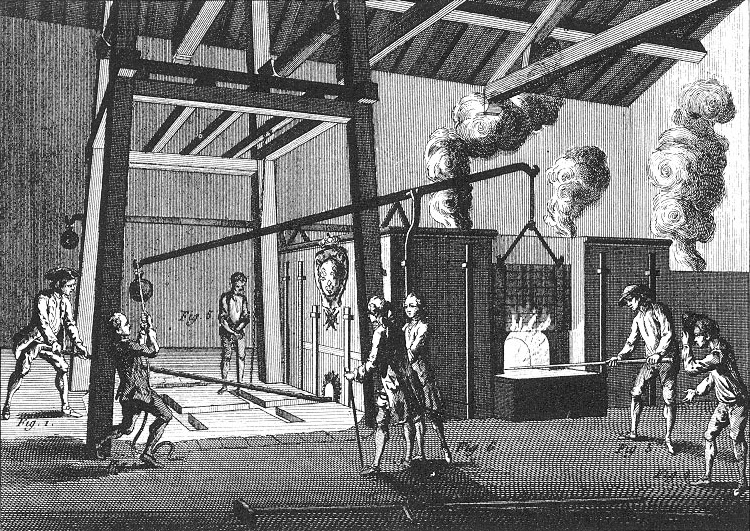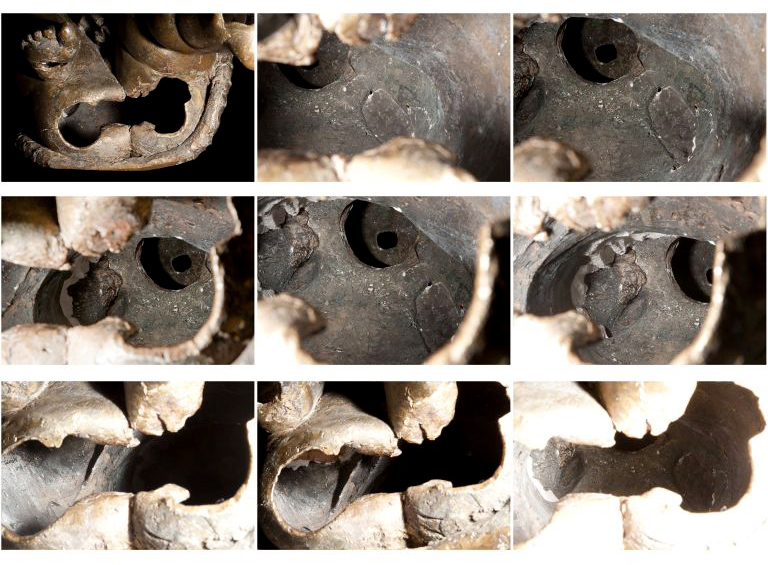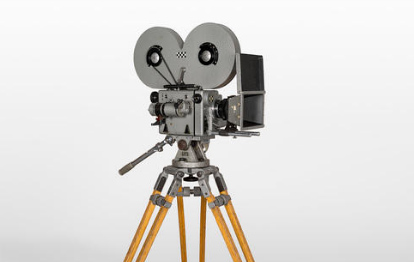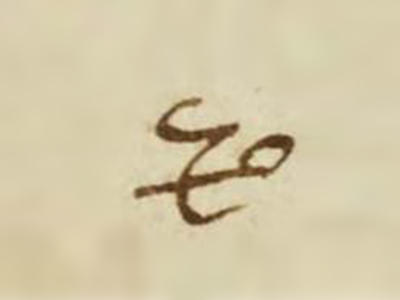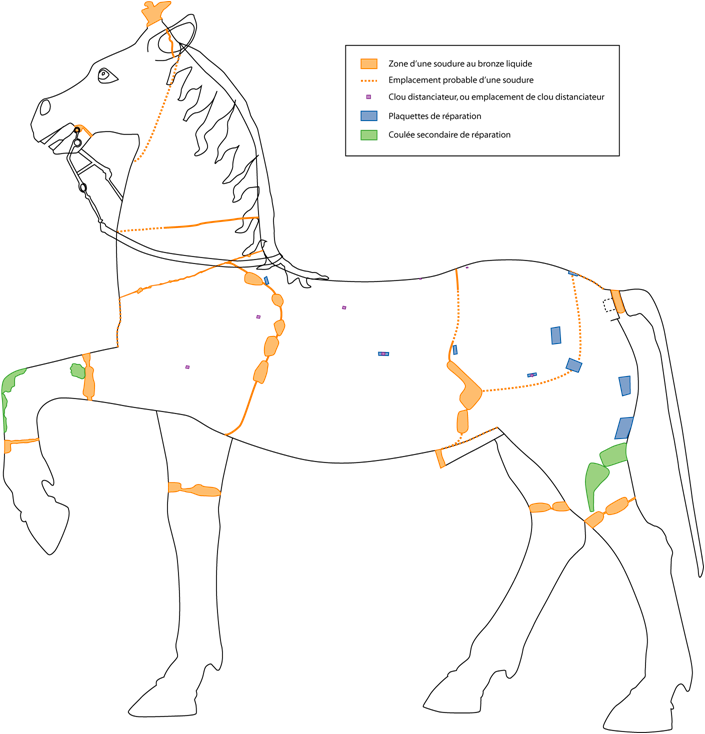The Guidelines for Best Practices in the Technical Examination of Cast Bronze Sculpture may be used on 7 different manners, depending on what type of material you start with. Therefore, the Guidelines is divided into 7 volumes.
Whereas the Guidelines aims to provide help for the technical investigation of any kind of bronze statue no matter where and when it was cast, it is also clear that the better the contextualization of the statue the better the study. Therefore, in a brief introduction, main aspects of bronze sculpture history will be drawn with particular emphasis on technical aspects. The introduction aims also to give an overview of main casting techniques known so far.
Evidences of process step (volume 1)
Based on the bronze sculpture you are studying, you are investigating one or several aspects of the fabrication process (modeling, casting, fettling, etc). For example, you wonder whether you are facing a lost-wax or a sand casting. Or you want to determine whether the chasing has been made by cold working or prior to casting. The Guidelines may help you to better identify and investigate the associated physical evidences present on the statue you are studying.Analytical techniques (volume 2)
This part is intended to both specialists of technical examination and analysis of bronze sculpture (conservators, conservation scientists) and non-specialists (including curators, historians, etc). It will address the uses and limits of a particular technique, eg what is the difference between XRF and ICP-AES for metal analysis, s well as how to decide on which technique to use. Similarly, how best to use or develop a protocol related to a particular examination or analytical technique (eg X-ray tomography on large bronzes). The guideline may take you through a series of relevant information and contacts.Visual Atlas of features (volume 3)
All the images posted on the CASTING website pertaining to technical features on bronze sculpture may be browsed.Videos (volume 4)
A number of videos are continously being posted to illustrate different casting processes.Vocabulary (volume 5)
If you want to understand better the significance of a technical term found in a text or on an inscription, eg the term regulare in Pliny the Elder's Natural History: the Guidelines may help you to clarify the term. We are currently investigating the vocabulary in six modern languages, namely French, Italian, US and British English, German, Khmer and Chinese. 16th and 19th century French as well as Latin and ancient Greek are also documented.Technical Frequently Asked Questions (FAQ) (volume 6)
In order to list most common technique-related questions one may have when studying a bronze sculpture, the CAST:ING Scientific committee members have put together some of their own frequently asked questions (FAQ) that they would like to share regarding bronze and bronze production.Case Studies (volume 7)
Some case studies have been published in the guideline. They aim to illustrate how the technical investigation of a bronze statue may be carried out, and what kind of information may be retrieved.WARNING!
The Guideline does not pretend:. to be a database of technical features associated to any particular sculpture productions. Hence, the guideline does not aim to answer questions specific to any chronological and/or geographical context (eg how to authenticate a 12th c. AD Khmer bronze). The Guideline does not replace expertise. It may but help you to set up your own database and/or to track relevant evidence.
. to impose any normative terminlogy or method, but to facilitate translation and/or word mining and to inform on existing methodologies and experience.

